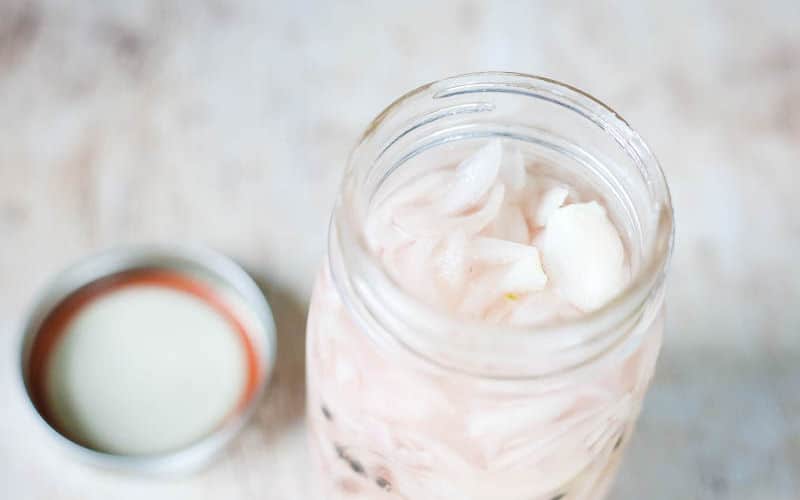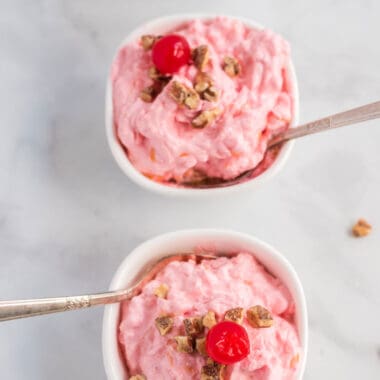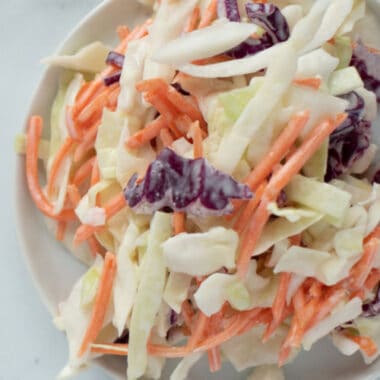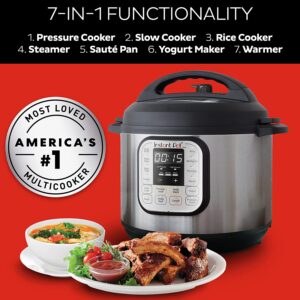Hello friends! Please bear in mind that some of the links on this page are affiliate links, and if you go through them to make a purchase, I will earn a commission. I've put these links here because of the quality of the products, not because of the commission. The decision is yours, and whether or not you decide to buy something is completely up to you. Thank you for visiting Southern Eats and Goodies!
These quick pickled onions are a great way to use your fresh and organic onions to add spice to sauces, meals, salads, and more.
It’s no secret we like to pickle things.
We pickle jalapenos.
Tomatoes. We pickle cucumbers.
Shoot… even celery isn’t safe from vinegar around here.
So, of course, why not pickle some onions to be brought out and put in yummy dishes as well?
By the way, I recommend these mason jars for your pickled goodies!
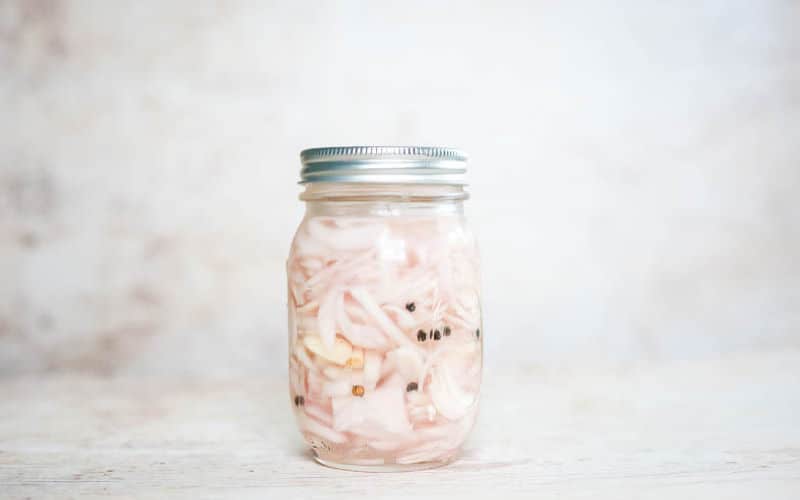
Pickled Onions – What To Eat Them With
Well, you can use these delightful shallots in a variety of ways.
- Sprinkle them on your burger
- Top off your salad with them
- Include in a grain bowl
- Add them to your next meat, cheese, and cracker tray
- Add them to a soup or pasta dish.
Things To Remember When Pickling Vegetables And Fruits
Generally speaking, here are some rules of thumb that’ll help make sure you are a pickling pro in no time.
- Use only non-reactive pans like stainless steel, enamelware or glass.
- Avoid aluminum, copper, brass, and cast iron.
- Use only fresh (not frozen), undamaged, and unspoiled fruits or vegetables.
- Always clean produce thoroughly.
- Cut uniform sizes, ideally small enough to both fit in a jar and keep bite sized for eating purposes.
- Prepare and measure out everything (from brine to veggie or fruit prep) before heating brine.
- Wash containers and jars well and let air dry. You can put quick pickles in any airtight container, but the jar is classic.
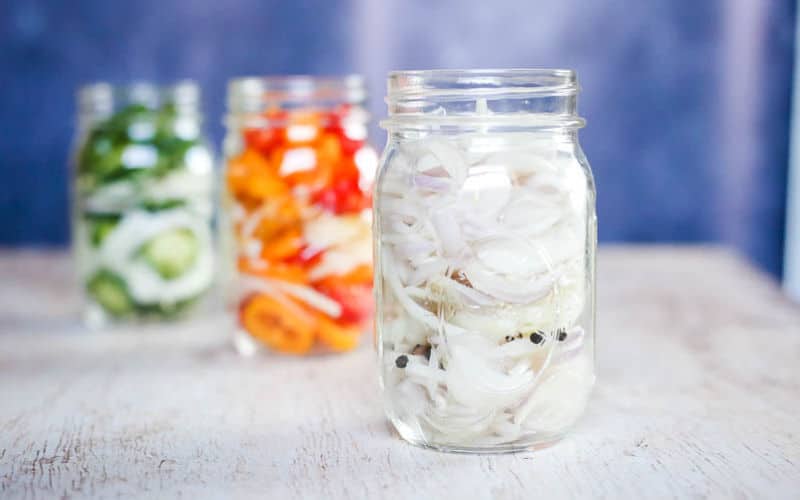
Boiling Vinegar For Quick Pickling
Boiling the vinegar makes it hot enough to penetrate the cuke (or whatever is being pickled). It’s the same principle seen in making tea; hot water steeps more intensely than cold.
Careful! Over-boiling causes vinegar’s flavoring and pickling abilities to evaporate.
(You can also pickle with lemon juice, but we’ll cover that another time!)
Hong long do they last in the refrigerator?
You can eat the quick-pickled onions within the first three days of preparation, but they will keep for up to 2 or 3 weeks in the refrigerator in a sealed mason jar.
What kind of vinegar do you use for quick pickling?
The best vinegar for quick pickling is white distilled vinegar, made from grain, usually corn, and this is typically what is used in the South. Some people use Apple cider vinegar for its flavor, but it can color the pickled items brown.
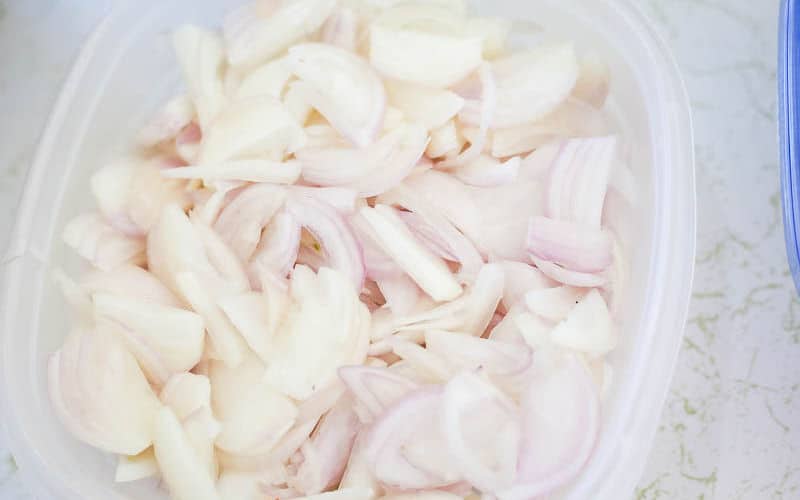
Ingredients
- 5-8 shallots
- 2 each garlic cloves, whole
- 1/4 each yellow onion, thinly sliced
- 1/4 tsp. black peppercorns
- 1 cup white vinegar
- 1 cup water
- 2 tbsp. sugar
- 1 tbsp. salt
Directions
Directions for Onions
- Wash and thinly slice the onions.
- Add in garlic, onion, and peppercorns.
- Add to pint mason jar.
Directions
Directions for Brine
- Mix the vinegar, water, salt, and sugar in a stainless steel pan and bring to a boil.
- As soon as it reaches a good boil, pour it over the shallot mixture in the jar until the onions are just covered.
- Put the top on immediately and put into the refrigerator.
Other quick pickled recipes we love!
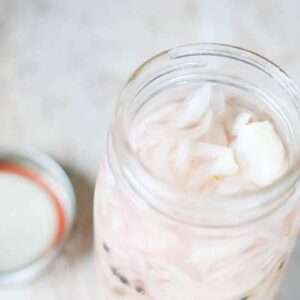
Quick Pickled Onions
Ingredients
Brine
- 1 cup water
- 1 cup white vinegar
- 2 tbsp sugar
- 1 tbsp salt
Vegetables
- 5-8 each shallots thinly sliced
- 2 each garlic cloves whole
- 1/4 each yellow onion thinly sliced
- 1/4 tsp black peppercorn
Instructions
Instruction for Vegetables
- Wash the shallots. Thinly slice them.
- Add the garlic, yellow onion, and peppercorn.
- Put into a pint mason jar.
Instruction for Brine
- Mix the vinegar, water, salt, and sugar in a stainless steel pan and bring to a boil.
- As soon as it reaches a good boil, pour it over the shallot mixture in the jar until the onions are just covered.
- Put the top on immediately and put into the refrigerator.
